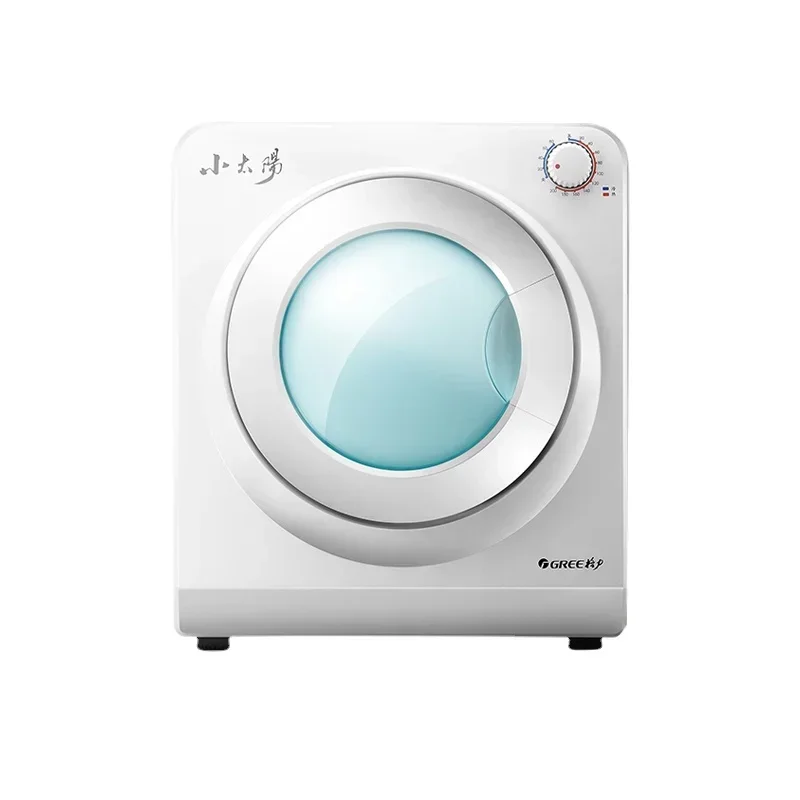Introduction:
A dryer making noise when spinning can be alarming and inconvenient, signaling potential issues that may require attention. Identifying and addressing these noises promptly can prevent more serious problems down the line. This comprehensive guide covers various types of noises, their possible causes, and practical solutions to restore your dryer to its quiet, efficient operation.
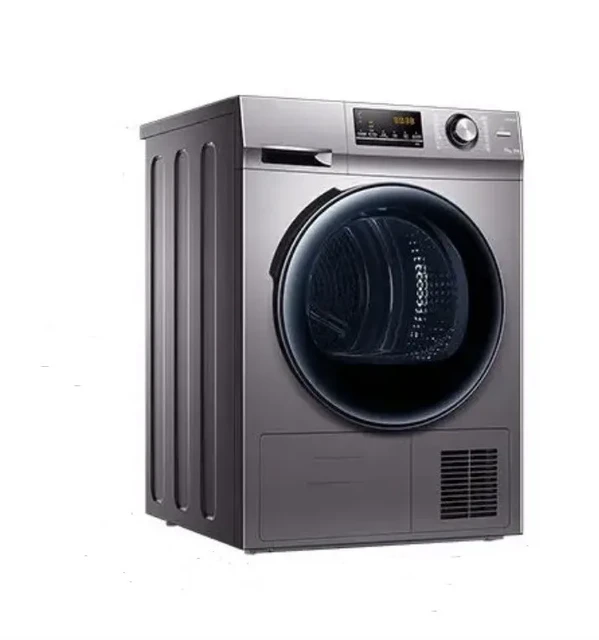
Dryer Making Noise When Spinning:
What Could Be the Causes and Solutions?
Types of Noises:
How Can You Differentiate Between Various Dryer Sounds?
Identifying the type of noise your dryer is making is the first step in diagnosing the problem. Different sounds often indicate specific issues, making it easier to pinpoint the cause.
Thumping or Banging Noise:
Common Causes and Fixes:
Uneven Load: A thumping or banging noise is often caused by an uneven load inside the dryer drum. Items like shoes, heavy towels, or other bulky items can create this noise as they tumble. To solve this, pause the dryer, redistribute the load evenly, and restart.
Worn Rollers: Another cause of thumping could be worn drum rollers. These support the drum and help it rotate smoothly. If the rollers are worn out, the drum may not turn evenly, causing a thumping noise. Replacing the worn rollers should resolve the issue.
Squeaking or Squealing Noise:
Signs of Wear and Tear:
Dryer Belt: A high-pitched squealing or squeaking noise often points to a worn or misaligned dryer belt. Over time, the belt can become frayed or stretched, leading to slippage and noise. Replacing the dryer belt is necessary to eliminate the sound.
Idler Pulley: The idler pulley maintains tension on the dryer belt. If it becomes worn or fails, it can cause a squealing noise. Lubricating or replacing the idler pulley can resolve this issue.
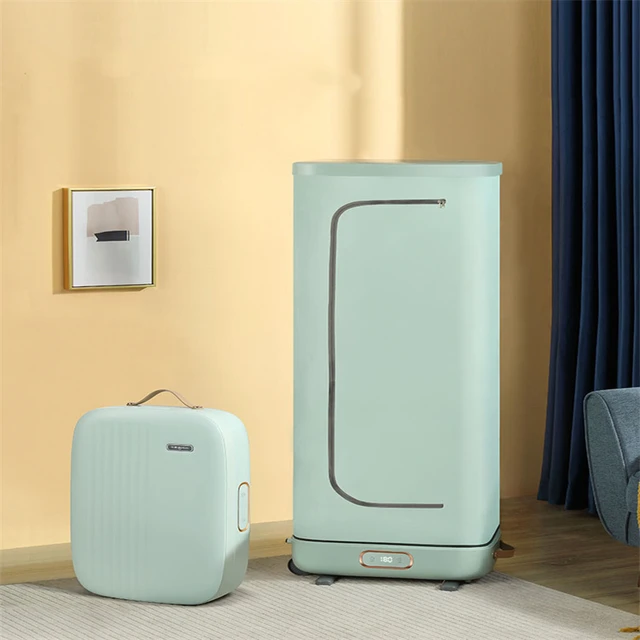
Grinding or Rattling Noise:
Potential Mechanical Failures:
Drum Bearings: A grinding noise typically suggests a problem with the drum bearings. These bearings support the drum and allow it to spin smoothly. If they wear out, they can create a grinding or rattling noise. Replacing the bearings is the best solution.
Foreign Objects: Loose items such as coins, screws, or buttons can get trapped in the drum or blower wheel, causing a rattling noise. Inspect the drum and blower wheel and remove any foreign objects to stop the noise.
Humming or Buzzing Noise:
Electrical and Mechanical Checks:
Motor Issues: A constant humming or buzzing noise can indicate a problem with the dryer’s motor. This could be due to a faulty motor relay or an issue within the motor itself. A professional technician should inspect and, if necessary, replace the motor.
Electrical Interference: Sometimes, a buzzing noise may result from electrical interference or a faulty electrical connection. Ensuring all connections are secure and functioning correctly can resolve this issue.
Diagnostic Steps:
What Initial Checks Should You Perform?
Performing some initial diagnostic steps can help identify the cause of the noise and determine whether you can fix it yourself or if you need professional assistance.
Visual Inspection:
First Look for Visible Issues:
Check Drum and Components: Open the dryer door and inspect the drum and its components for any obvious signs of wear or damage. Look for frayed belts, worn rollers, and any foreign objects.
Lint Trap and Vent: Ensure that the lint trap is clean and the vent is not clogged. Excessive lint build-up can create airflow issues and cause noise.
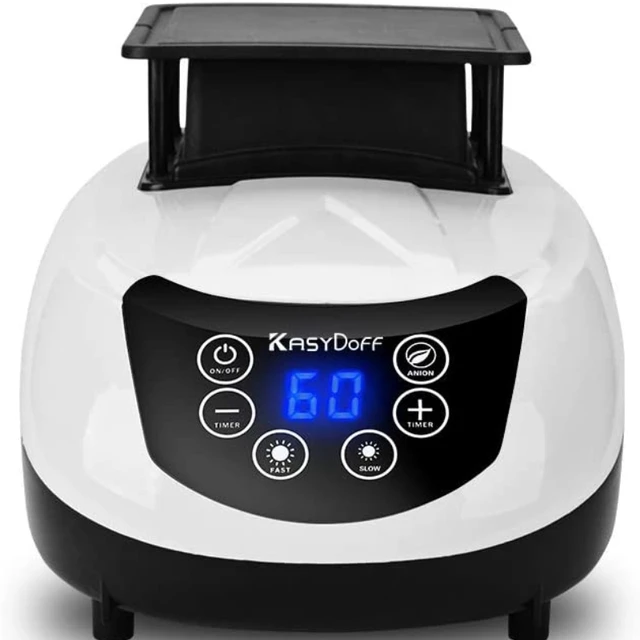
Manual Drum Rotation:
Testing Without Power:
Rotate the Drum: Manually rotate the drum with the dryer turned off. Pay attention to any unusual resistance, sounds, or uneven rotations. This can help identify issues with the belt, rollers, or bearings.
Feel for Obstructions: Feel around the drum for any obstructions or loose items that might be causing the noise. Removing them can sometimes solve the problem immediately.
Component Testing:
Assessing Key Parts:
Belt Condition: Inspect the condition of the dryer belt by removing the front or top panel (refer to your dryer’s manual for specific instructions). Check for signs of wear, fraying, or stretching.
Pulley and Motor: Examine the idler pulley and motor for signs of wear or failure. Listen for specific noises when rotating the pulley manually.
Effective Solutions:
How Can You Fix a Noisy Dryer?
Depending on the identified issue, various solutions can restore your dryer to quiet operation. Some fixes are simple DIY tasks, while others might require professional help.
Replacing Worn Parts:
DIY Component Replacement:
Rollers and Bearings: If worn drum rollers or bearings are the issue, replacements can typically be found online or at appliance repair stores. Follow your dryer’s manual for detailed instructions on replacing these components.
Dryer Belt and Pulley: Replacing a worn dryer belt or idler pulley involves removing the dryer’s front or top panel and sometimes the drum. Carefully follow the manufacturer’s instructions to ensure proper installation.
Removing Foreign Objects:
Clear Obstructions:
Blower Wheel and Drum: Opening the dryer and inspecting the blower wheel and drum for foreign objects is straightforward. Remove any obstructions to stop the rattling noise.
Check Pockets: Always check clothing pockets for items before placing them in the dryer to prevent foreign objects from causing noise in the future.
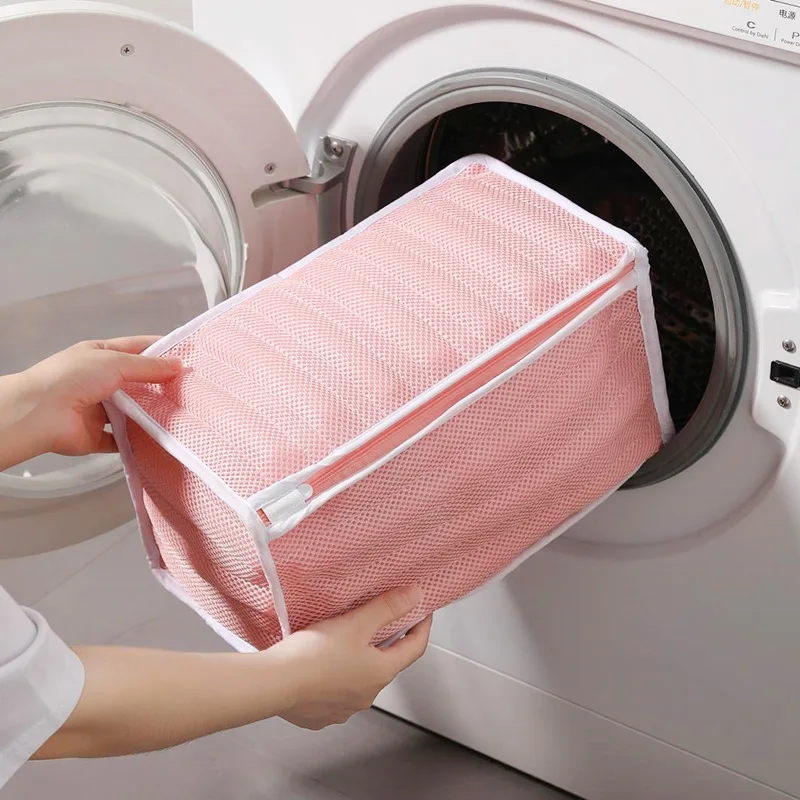
Lubrication:
Reducing Friction and Noise:
Lubricating Moving Parts: Some moving parts, like the idler pulley or certain types of rollers, may benefit from periodic lubrication. Use a manufacturer-approved lubricant to minimize friction and noise.
Preventative Maintenance: Regular maintenance, including lubrication and checking for worn components, can prevent noise and prolong the dryer’s lifespan.
When to Seek Professional Help:
Knowing Your Limits:
Complex Repairs: If the noise persists after attempting basic repairs or if the issue involves complex components like the motor or electrical system, it’s best to consult a professional technician.
Warranty Considerations: Check if your dryer is still under warranty. Attempting repairs yourself may void the warranty, so professional service might be required to maintain coverage.
Preventative Tips:
How Can You Avoid Noisy Dryer Problems in the Future?
Implementing preventative measures can help maintain your dryer’s quiet operation and extend its life, saving you from future issues.
Regular Maintenance:
Routine Checks and Cleaning:
Clean Lint Trap: Clean the lint trap after every load to maintain proper airflow and prevent lint build-up, which can lead to noise and efficiency issues.
Inspect Components: Periodically inspect the dryer’s internal components, such as the belt, rollers, and bearings, for signs of wear. Early detection helps prevent more significant problems.
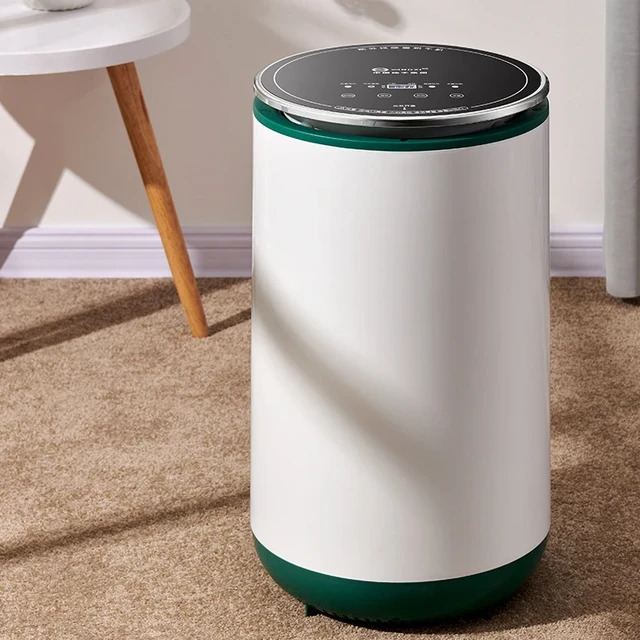
Balanced Loads:
Optimal Loading Practices:
Even Distribution: Load the dryer evenly to prevent unbalanced loads that can cause thumping noises. Avoid drying heavy items with lighter ones; instead, group similar-weight items together.
Avoid Overloading: Do not overload the dryer, as excessive weight can strain the motor and other components, leading to noise and potential damage.
Proper Installation:
Secure and Level Installation:
Levelling the Dryer: Ensure the dryer is installed on a level surface. An unlevel dryer can cause vibration and noise during operation. Use adjustable feet to level the unit.
Secure Connections: Ensure that all hoses and electrical connections are secure and properly attached. Loose connections can lead to noise and other operational issues.
Professional Inspections:
Periodic Expert Checks:
Routine Service: Scheduling periodic professional inspections can help identify and address potential issues before they become serious problems. Technicians can provide maintenance and make any necessary repairs.
Manufacturer Guidelines: Follow the manufacturer’s guidelines for service intervals and recommended maintenance practices to keep your dryer in optimal condition.
Conclusion
A noisy dryer can be more than just a nuisance; it can signal underlying issues that need attention to prevent more significant damage and costly repairs. Identifying the type of noise—whether it’s thumping, squealing, grinding, or buzzing—helps pinpoint the potential cause, from worn rollers and belts to more complex motor issues. By conducting initial inspections, performing basic maintenance, and replacing worn components, many noise-related problems can be resolved. However, knowing when to seek professional help is crucial for more complicated issues. Implementing preventative measures, such as regular maintenance, balanced loading, and proper installation, can keep your dryer running quietly and efficiently. Understanding these practices ensures a long-lasting, well-functioning appliance, providing peace of mind and prolonging the life of your dryer.
